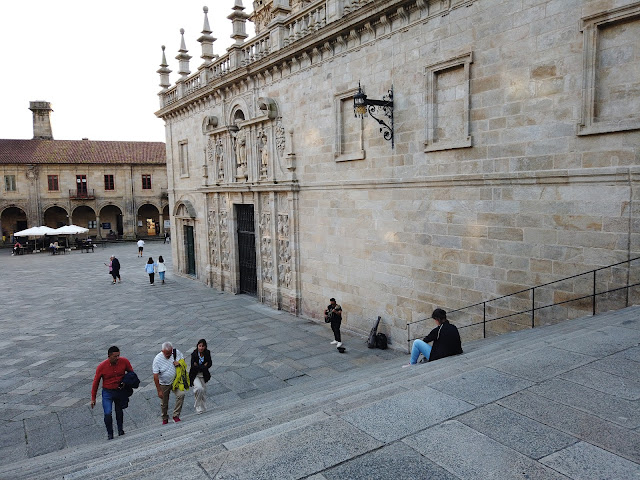When a pilgrim on the way to the burial site of the apostle Santiago or Saint James (Jacobo in other languages) sees a scallop shell in front of a house or monastery, he/she/they is welcome to stay. But of course pilgrimage tourism is huge these days and one can just choose a hotel or hostel along the way, with careful planning of course. Many years ago, when pilgrims completed their journey, they took scallop shells from the beach nearby as proof of completion, but now they just have to buy it from the shop and get a certificate from an office approved by the Catholic church.
Jog or walk early morning around #santiagodecompostela and you see pilgrims just starting their walk or arriving from long arduous journey, and some crying after making it to their destination.


































Comments